-
Posts
717 -
Joined
-
Last visited
Content Type
Profiles
Forums
Store
Help Articles
Posts posted by ChefCrash
-
-
Sounds like fun. For the tartare I suggest Lebanese Kafta.
1 lb freshly ground lamb 90/10 lean/fat. Best if you grind it yourself making sure you first remove all gristle and silver skin.
1 small white onion 2.5" in diameter ~ 120gr very finely chopped.
1 bunch tender flat leaf parsley very finely chopped.
1 tsp salt plus more to taste.
Black pepper to taste.
You can buzz the onion and parsley in a food processor.
Mix everything together and serve.
Alternately, you could form into small balls and saute or grill and serve warm.
-
Have a 10inch All Clad nonstick fry pan, that was destined for the trash, had lots of dark brown all over it and was not really nonstick any more. I had already bought another one, so had nothing to lose,
Anyway , I sprayed it really heavily with Easy OFF"fume free max",oven cleaner, and let it sit for a couple hours,
scrubbed it lightly with a Tuffy scouring pad,AND,,, to my suprise,all the brown "seasoning"came off leaving the thing like new, and still nicely nonstick,,,it didn't damage the coating at all, as its reputed to do..
Had to share the good luck.... I think the term is, YMMV,however,,
Bud
That's good to know, but, if you'd bought yours at Williams Sonoma (I believe All Clad has a life time warranty on their products no matter where you buy), all you had to do is take it in and get another. I did. This was the FREE griddle pan I got with a set of All Clad I bought six years ago.
And just last month, I took it in and they replaced it with this. No questions asked. No receipt necessary.
-
-
Carob molasses mixed with tahini, eaten on good bread. And it's not a silly substitute recipe, it's a traditional combo, a bit like grape molasses and tahini.
Not sure of any other traditional uses, apart from drinks. Would be interested in seeing if any chefs have done something modern and interesting though.
We were weaned on this stuff:) Add enough tahini to Carob molasses until it has the color of chocolate milk or to taste.
Along with Lavender blossoms, Cardamom and Anise, Carob molasses was the secret ingredient to my father's tobacco (tambac) concoction for his water pipe.
-
I think she is refreshing.
-
Yeah.. but what?.. No Silverfin? Or Shanghai Bass? How about Kentucky Tuna?! Oh yeah! You gotta live in Michigan to get those!

Ohh! Mahhhhy! Gooohd!
-
Nick, I think your kitchen layout is quite nice. More than one working area, all within reach of the stove. Where is the fridge?
I love a window over the sink. After seeing Shelby's (and yours), I considered tearing up my kitchen to install one. My wife quickly pointed out that we'd be looking out..in..to the garage:).
Great blog, looking forward to more.
-
Thanks for the pictures, ChefCrash. I am quite excited about trying this at home now. The results look fantastic!
Thanks Keith, click here to see the cooked roast.
If you have any questions please post.
-
I was wondering if you could dehydrate the raw egg white. Put a little dish in the dehydrator? Would it work? Any food safety concerns?
Maybe whip the egg whites a little stiff first?
-
Fantastic blog. Will definitely have to try the foil/celery trick.
Thanks again.
-
That's the only way to make french fries. Everything looks terrific so far. Love your home, and the way you live, the hunting, the farming, the haying.. (I just caught an episode of "The last American Cowboy"
 .
. There's a large deer hunting community here in mid Michigan. Most utilize most of the deer meat, making sausage and jerky, do you/your husband make any?
Looking forward to tomorrow.
-
Interesting. So the problem can be mitigated by measuring starting water temperature at the bottom of the cooler and by weighing down (anchoring), the chicken bags with some marbles?
-
Prime rib on the menu tonight. Can anyone tell me if this method produces any drippings or enough for gravy?
There was mostly rendered fat in the bottom the pan. I like to make the gravy early and don't rely on drippings.
In a 12" pan, saute two sliced portabella mushrooms in very little oil (add as you need) until tender. De-glaze with 1/2 cup red wine scraping the pan, then add 2 cups of your veal stock or 2 cups of water and 2 tsp beef base (I do the later). Season to taste and simmer. Thicken with a slurry of flour/water.
-
Along with the usual rib roast for Christmas, I roasted a leg of lamb to accommodate people who can't handle anything less than medium done meat.
I started with a 6.8lb whole leg which I'd planned on de-boning and rolling. But my sister who is our guest from PA, suggested roasting bone-in. I did both.
After removing excess fat from the surface, I frenched the shank bone then grabbed the end of the thigh bone with one hand and using a boning knife with the other, I scraped the flesh off the bone all the way to the knee joint.
Then I made a cut at the joint through which the knee joint was de-jointed?
The thigh bone was removed (just to make sure it did)
The bone was reinserted and the leg was trussed.
View of the bottom
From the top after it has been seasoned and studded with 20 garlic cloves
The leg was roasted at 325*F for 2 hours.
It took a little twist and tug to remove the bone from the leg
-
Thanks Pam, malt syrup is condensed wort (the stuff that becomes beer when fermented). Can be found at any beer brewing supply. I didn't have any.
Oh and.. Linda? May I call you Pam?

-
Nice, ChefCrash. So you don't sear before or use a torch after? And let me see if I understand this. about 4 hours at 200 convection. when roast reaches 130 turn the oven down and leave it for another 135 minutes?
Thanks Marlene. No searing at all.
Sorry, missing punctuation, my mistake. That sentence should read "The roast was taken out at 135*F, thirty minutes later".
-
When I was into bread-baking, I used to use it for rye and whole wheat.
Those are some good-looking rolls, CC. You probably can find malt syrup at a well-stocked health food store, or maybe even a Meijer. There's always mail order, of course.
Thanks Alex, Meijer has a "Dairy Malt" product didn't think it's the same. But thanks for the health food store idea:)
-
Thanks Pam, malt syrup is condensed wort (the stuff that becomes beer when fermented). Can be found at any beer brewing supply. I didn't have any.
-
This year's rib roast was aged 12 days (the longest I've attempted) read here.
It started out as 11 lb 10 oz, after aging and trimming it was a little over 9.5 lbs.
It was roasted @200F convection, when internal temperature reached 130 (after four hours), the heat was turned down to 135F. The roast was taken out at 135 thirty minutes later.
Rested 25 minutes while the dinner rolls baked.
Every year we say this is the best:)
Now I have to catch up on Chris' blog

-
Someone sent me a free copy of November's Saveur. Page 60 featured a recipe for Parker House rolls as served at Colicchio & Sons. I decided to make them for Christmas dinner.
I though they were quick/simple to make and added the fresh baked bread aroma to the house.
When I went to get a link for yous all at Saveur.. Colicchio & Sons' Paker House rolls, I noticed the mostly bad reviews of the recipe.
This is how I made them. I doubled the recipe and made it in my food processor.
I used dark corn syrup instead of malt syrup.
Bulk rise 1 hour at 90F in the oven.
Divided and rolled in to 32 golf ball sized er..balls.
Covered in cellophane and let rice for 1 hour.
Baked @ 325F convection 25 minutes.
I brushed the rolls with clarified butter after baking, then sprinkled with kosher salt.
Here before the second rise
I thought they were pretty good. I'd like to try them with malt syrup when I can find some.
-
Christmas morning (day 12), the shoulder end
The loin end. The roast lost 12 oz in weight ~6.5%
No odor that I could detect, This sliver was like jerky
The fat felt like candle wax. All the trimmings weighed 1 lb 3 oz.
Here momentarily off the bones and end caps sliced off revealing a beautiful beet red color (at least 1/4" in).
I used fat shavings from the lip to lard the exposed areas and re-trussed.
Rubbed with crushed garlic and oil and seasoned as usual.
Shalmanese said:
If your oven is capable of it, cook it at 200 until it hits 118, then drop the oven to 120 and you can keep the roast in there indefinitely. As long as you start early enough, you don't need to care about timing.I did something similar: Oven 200F convection until it reached 130 then turned oven down to 135F and left it there until it reached 135*. My peeps can't do any less:). They're funny that way, they will eat raw meat but not bloody rare.
I still had to make medium done leg of lamb for the finicky.
-
To crisp the crust, we added some more oil and sugar to the dough...
Really!?
Yep, really. There's only 1 Tablespoon of oil and the recipe calls for 2 teaspoonfuls of sugar.
Interestingly enough, many, many, many years ago I made pizza using a recipe from The Wolfgang Puck Cookbook - a first edition of his first book published in 1986. His recipe called for a tablespoon of honey, and if memory serves me right, it was pretty darn good.
I think you misunderstood me, I have no problem with oil or sugar (or honey) in pizza dough. I do however have problem with an "expert" claiming that the addition or increasing of either of those ingredients contribute to crispness. In fact, on the last iteration of my now perfect pizza dough, I reduced the oil in half in order to increase crispness.
My recipe:
750g hg flour
1 T sugar
1 T table salt
1 T olive oil
3/4 tsp instant yeast
16 oz cold tap water.
Mixed in a 12 C Cuisinart (may have to add a touch of water or a touch of flour).
Divided into 4 ~320g balls and placed into individual oiled Tupperware containers. They're left at room temperature for one hour then placed in the fridge at least 72 hours and as long as 2 weeks.
-
-
To crisp the crust, we added some more oil and sugar to the dough...
Really!?



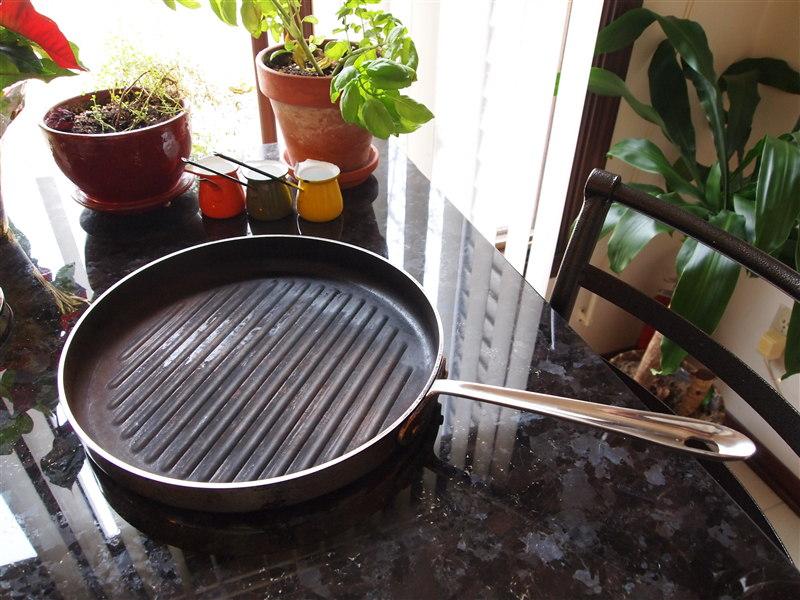
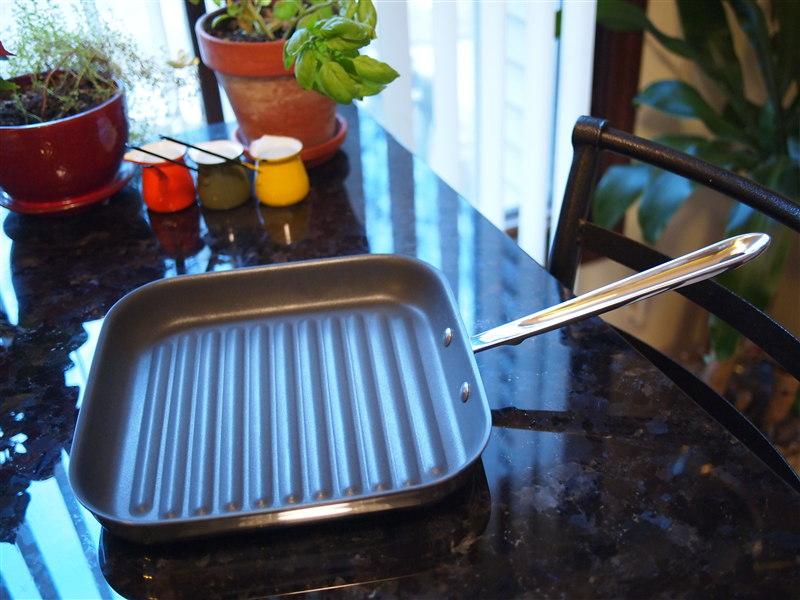
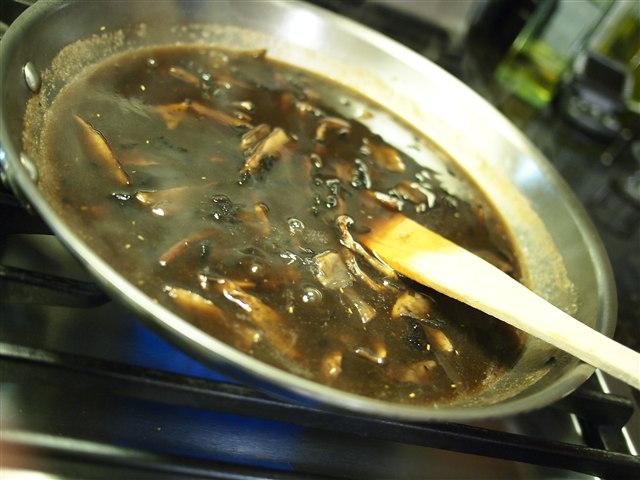
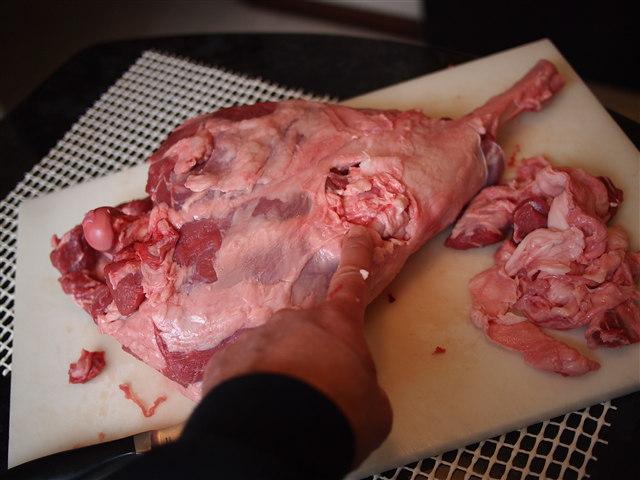

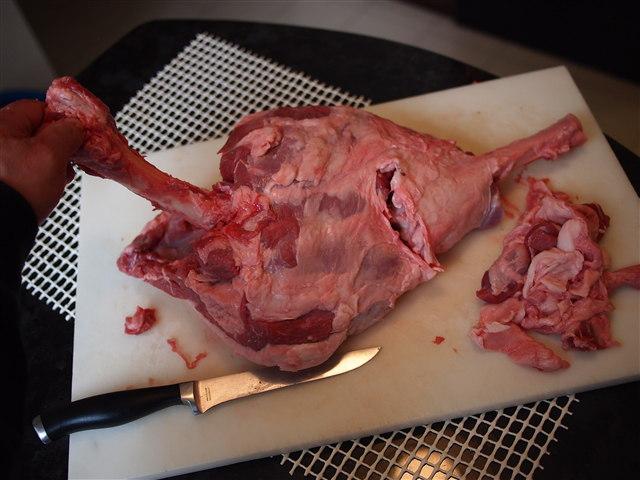
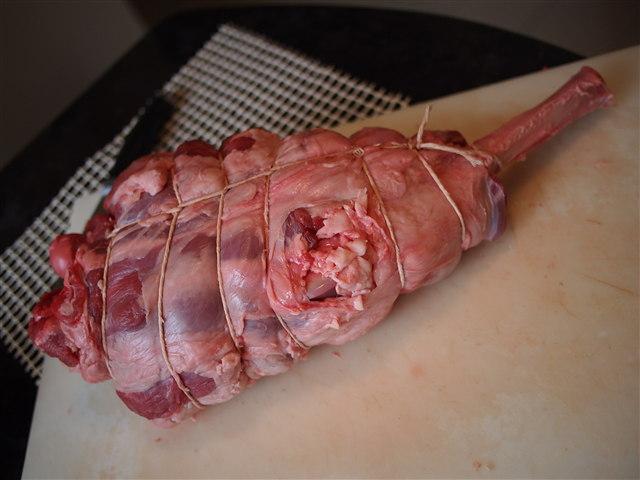

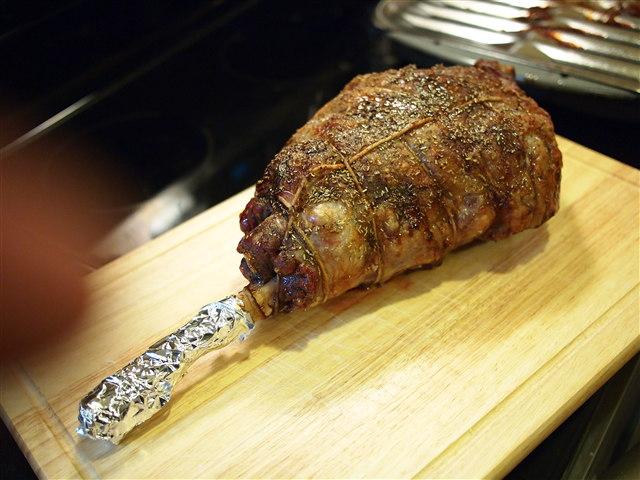
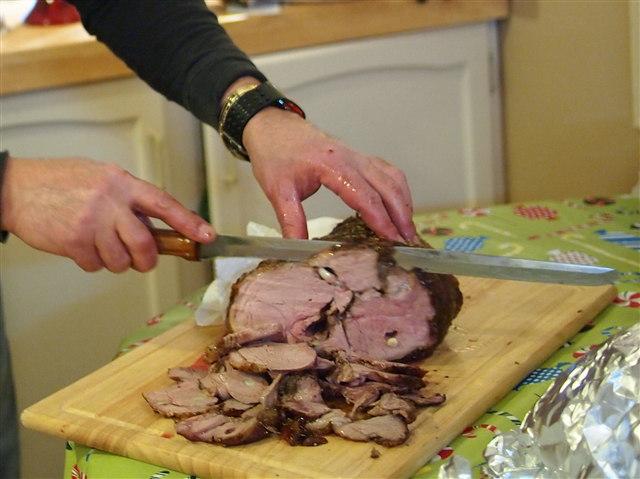


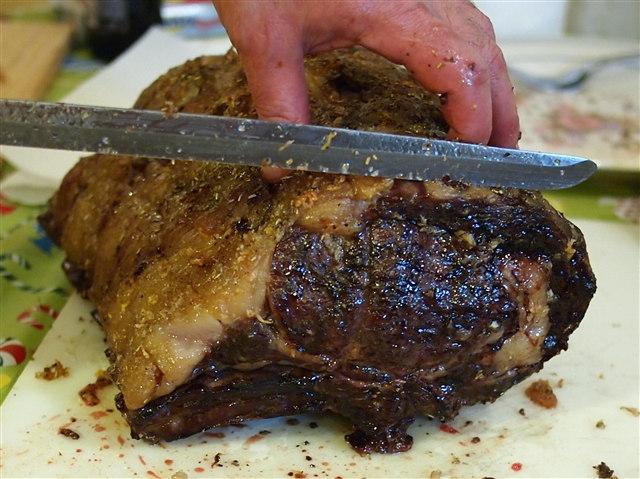
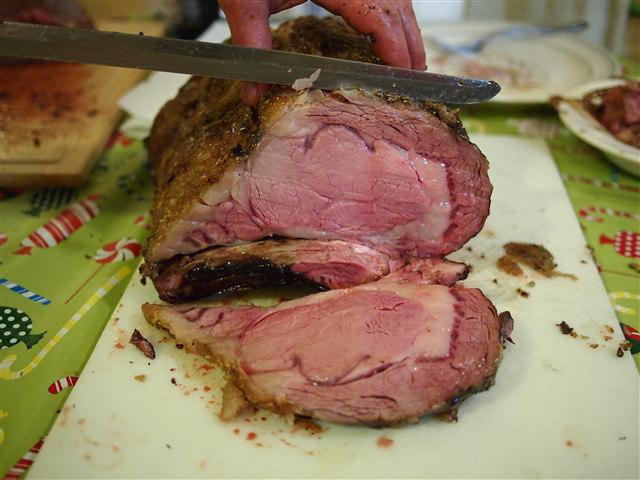
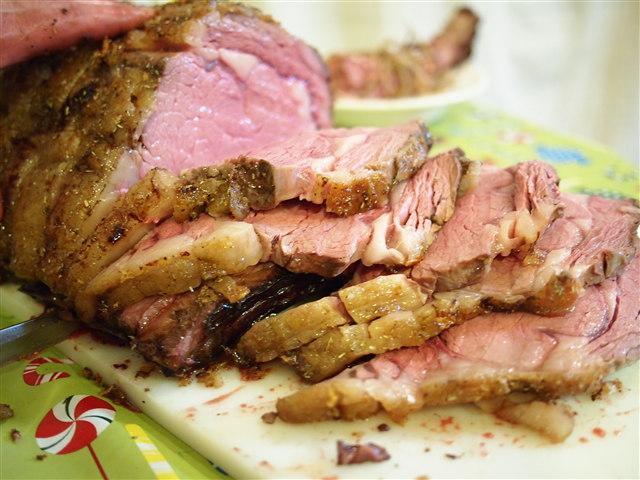
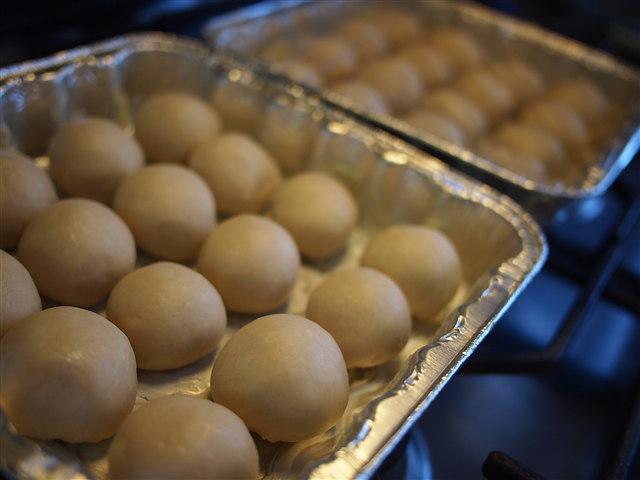
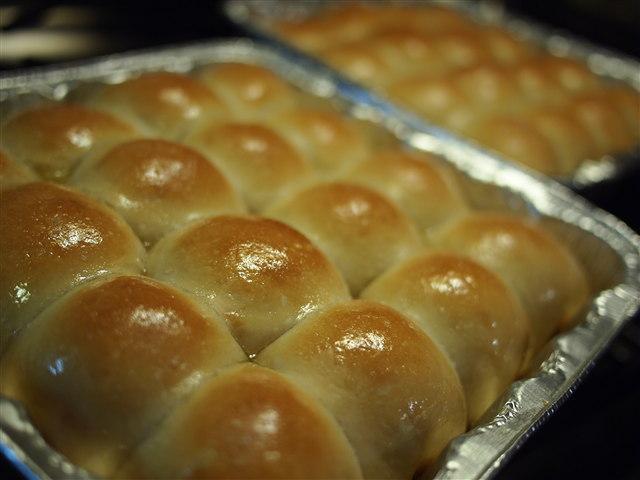
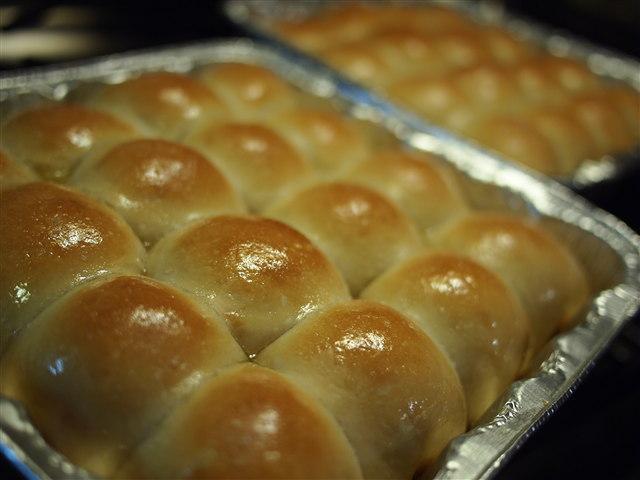
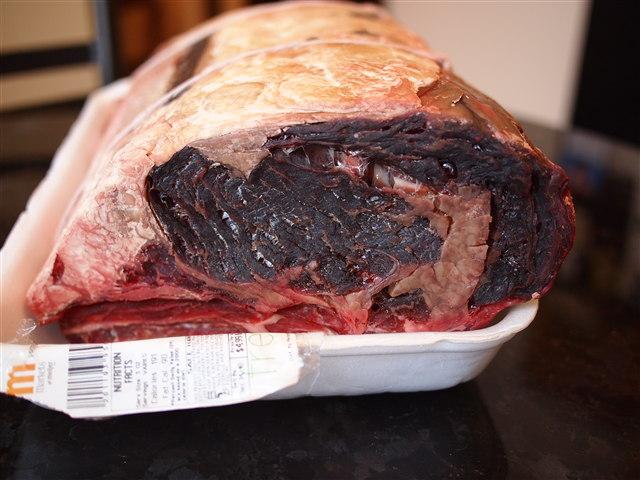
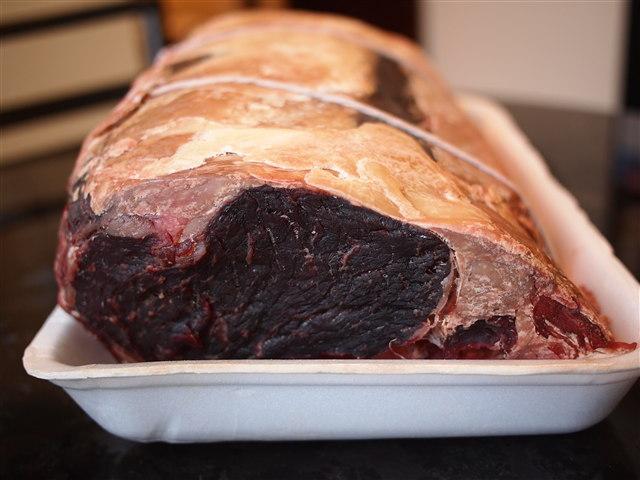
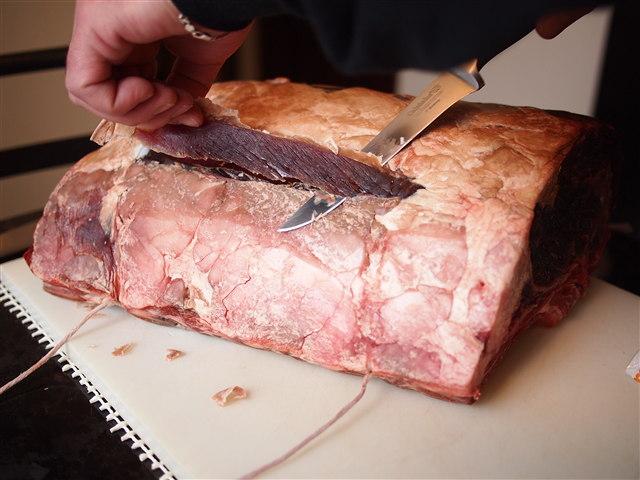
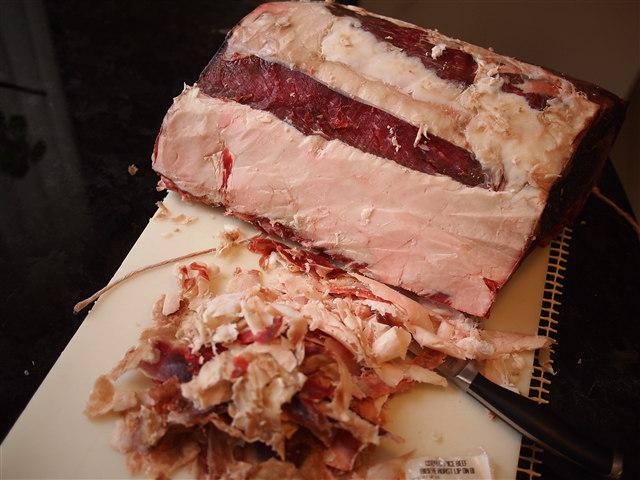

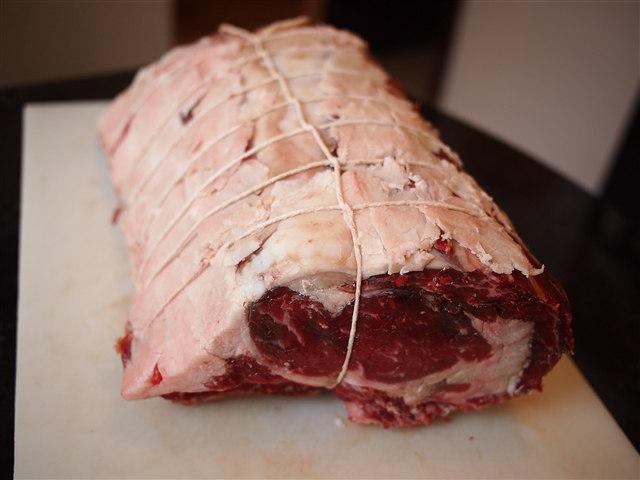
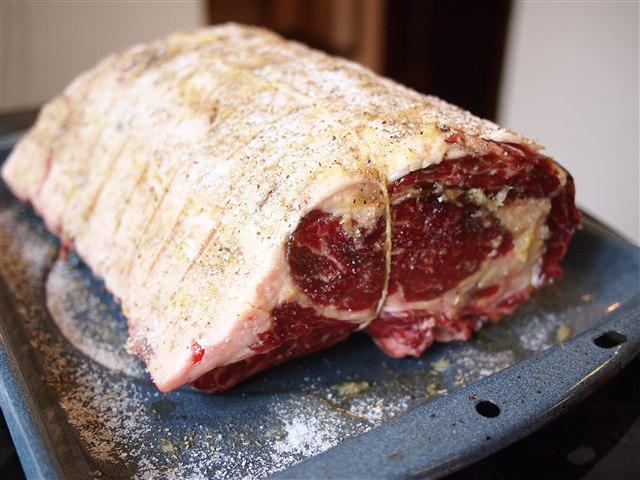

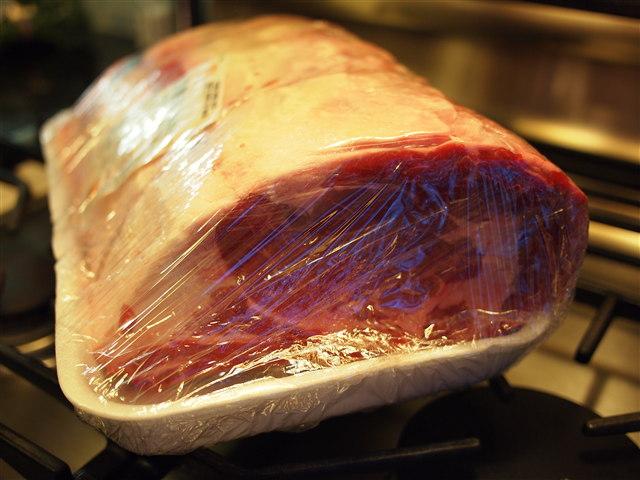
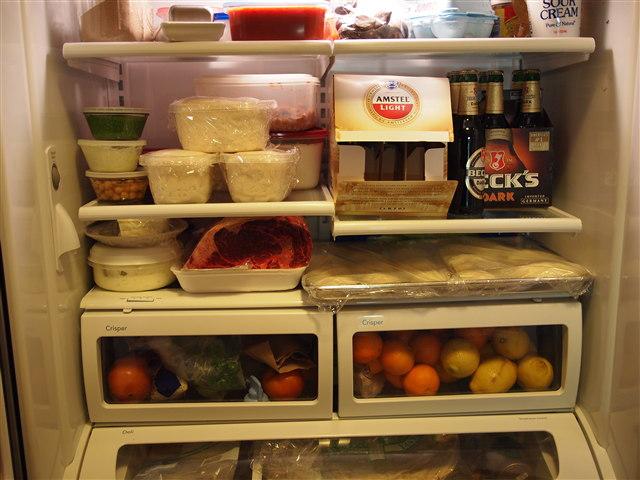
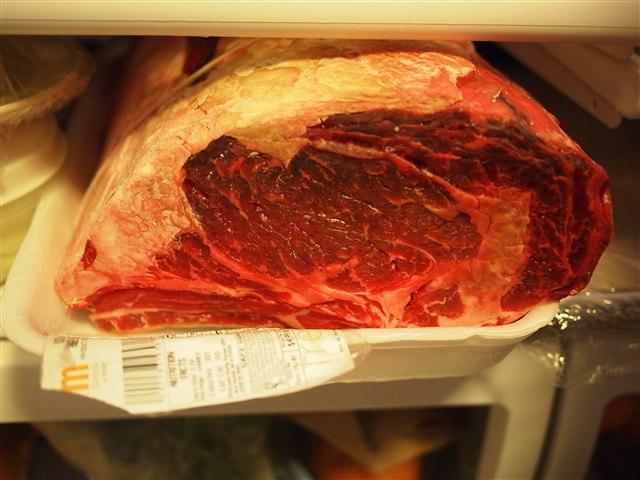
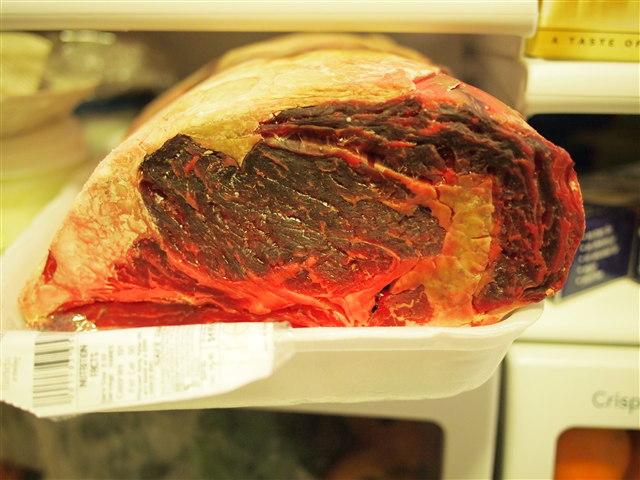
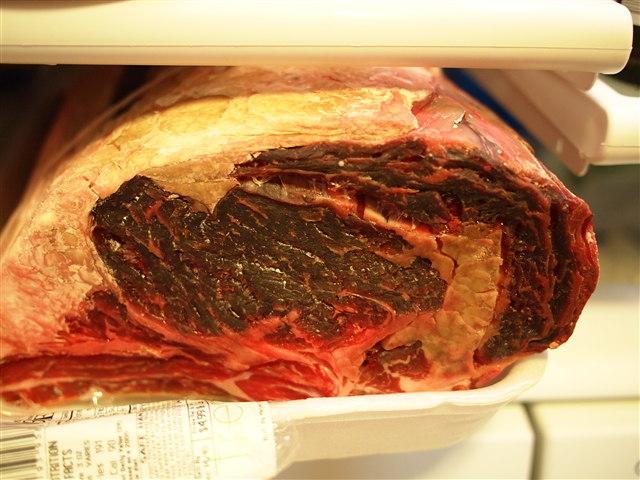
Getting the stickers off stuff
in Kitchen Consumer
Posted
"Original Windex" the one with ammonia.